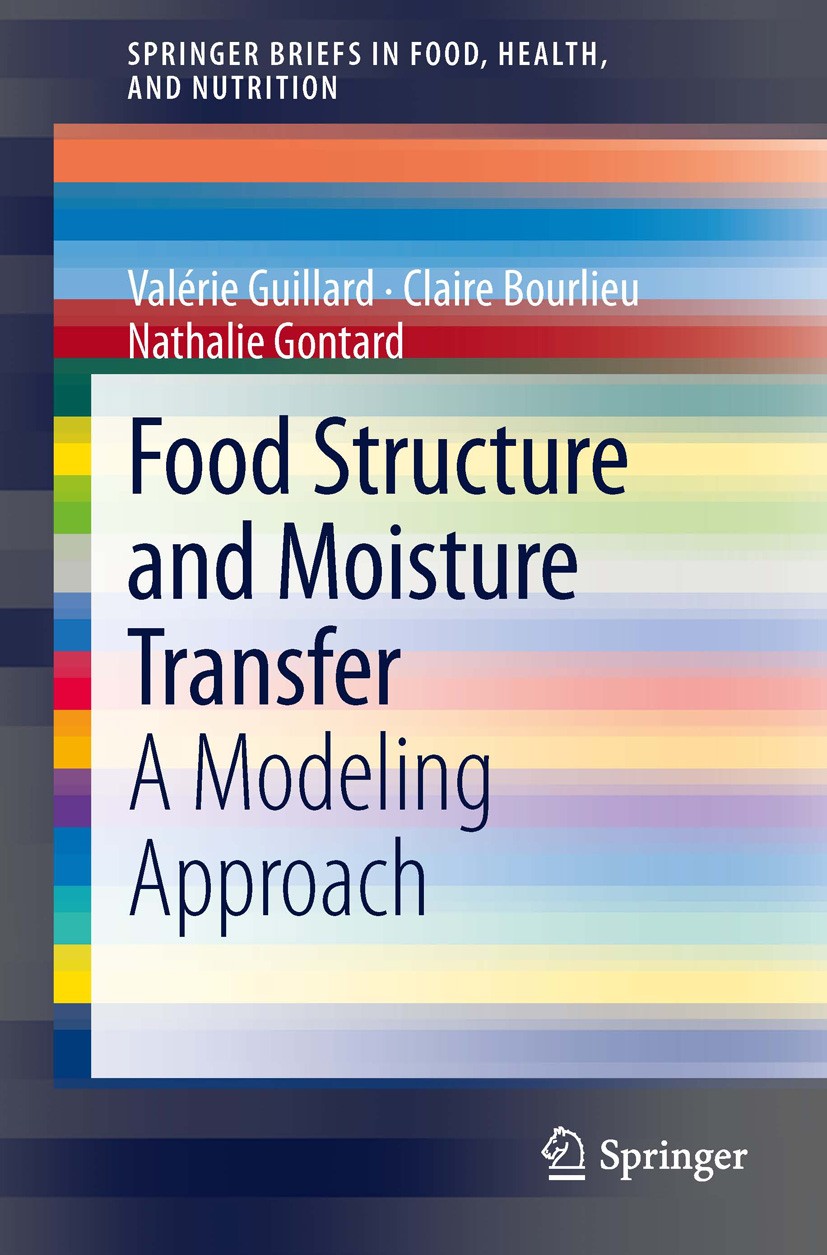| 書目名稱 | Food Structure and Moisture Transfer | | 副標(biāo)題 | A Modeling Approach | | 編輯 | Valérie Guillard,Claire Bourlieu,Nathalie Gontard | | 視頻video | http://file.papertrans.cn/346/345094/345094.mp4 | | 概述 | Includes supplementary material: | | 叢書名稱 | SpringerBriefs in Food, Health, and Nutrition | | 圖書封面 |  | | 描述 | It‘s well known that the structural characteristics of food materials influence their mass transfer, especially their water transfer properties during such processes as drying, hydration, and storage. In porous cereal-based products, for example, effective water diffusivity is highly affected by the volume fraction and distribution of both solid and gas phases, while in dense food materials, such as fat-based or other edible coatings, it depends on factors that affect the "tightness" of the molecular structure (e.g., free volume, cohesive energy density, crystallinity). This Brief will review the impact of food structure on moisture transfer. A multi-scale analysis of food structure will include a look at molecular structure (e.g., free volume, crystallinity), nanostructure, microstructure (e.g., porous food), and macrostructure (e.g., bilayer structure). For each structural analysis, a focus on the mathematical modelling of the relationship between structural properties and moisture transfer properties will be performed. ? | | 出版日期 | Book 2013 | | 關(guān)鍵詞 | food structure; mass transfer; moisture transfer; molecular structure; biochemical engineering | | 版次 | 1 | | doi | https://doi.org/10.1007/978-1-4614-6342-9 | | isbn_softcover | 978-1-4614-6341-2 | | isbn_ebook | 978-1-4614-6342-9Series ISSN 2197-571X Series E-ISSN 2197-5728 | | issn_series | 2197-571X | | copyright | The Author(s) 2013 |
The information of publication is updating

|
|
 |Archiver|手機(jī)版|小黑屋|
派博傳思國(guó)際
( 京公網(wǎng)安備110108008328)
GMT+8, 2025-10-14 06:14
|Archiver|手機(jī)版|小黑屋|
派博傳思國(guó)際
( 京公網(wǎng)安備110108008328)
GMT+8, 2025-10-14 06:14


